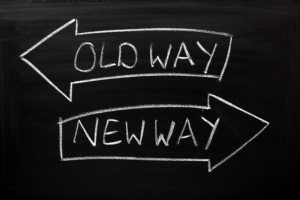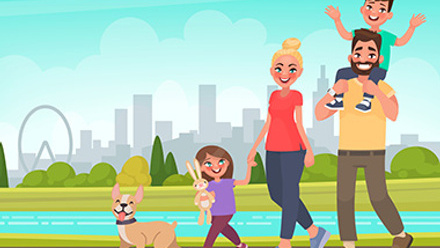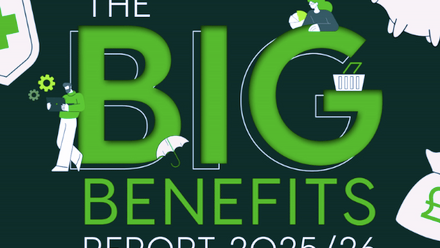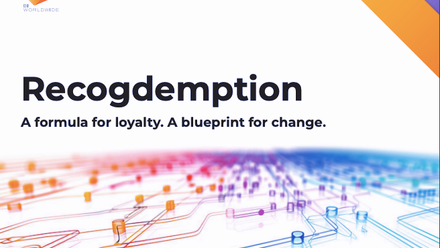Reaching millennials in the workplace to attract future talent

In this brief article, I plan on sharing some observations that I’ve made working with clients here in the UK and provide some steps to help you rethink your employee engagement and make your workplace a little bit more relevant and attractive to your future talent.
Continuous connection
Today’s graduates, tomorrows leaders, have really only ever known a world where instant is the norm. They’ve spent 11 years using smart phones, they’ve never known the tedium of dial-up connections and are horrified at the thought of being disconnected – socially and figuratively.
When you’ve spent your formative years and all of your adult life tagging and tracking your every meal, holiday or event, the thought of a workplace that doesn’t accommodate something similar really is a surprise.
Dating, planning, exercise and activity, meeting up with mates – everything is done in the here and now by using apps that elegantly remove turbulence from the everyday. Through social media, relationships have been redefined to be differently meaningful, engaging and, more often than not, direct with the brand, celebrity or service provider.
We’re no longer passive participants in the advertising journey but deliberately choosing, albeit through algorithms built on personal data given up freely, to have (sometimes) relevant relationships with the brands of our choice and are sold by targeted messages that talk directly to us.
Even the government is in on the act. Let me give you a great example – when did you last replace your passport or apply for one? How did that compare to your first time?
Going to a booth, often at the supermarket, taking four photos, waiting for them to “develop”, choosing the least bad one, countersigning it, filling out an application form in black ink, waiting, actually physically waiting for up to six weeks. This is such an alien concept that it is unimaginable to today’s simplified process – all done in five minutes from your phone, even down to the selfie!
Delivering wellness to millennials
For many enterprises, government included, shifting delivery is the norm: build an app, build users, delight them and work out how to monetise things later. Clever businesses live in that space and they’re attracting your workforce in ever increasing numbers.
I see three problems with the workplace of today that are directly impacting the employee wellness journey:
- Outdated models of delivering wellness – these lack the impact or attractive pull to engage.
- Interventions lack immediacy – this places barriers in front of those seeking help.
- Programmes lack authenticity – often they don’t feel tailored to an audience of one.
All of which means if your workplace was a Tinder profile, your future talent would swipe left!
Our research shows that millennials experience greater incidence of workplace stress and are less likely to seek support through traditional channels like EAP’s (employee assistance program) or workplace counsellors. And, they’re not engaging with your workplace wellness programmes either.
But that’s ok because our EAP provider has an app, right?
Wrong – simply migrating existing delivery models in to the ‘Appsphere’ doesn’t solve your engagement problem. Solutions need to be immersive, they need to be personal and they need to offer a huge degree of individual control.
As a result, engagement withers away and your spend is drifting off to walking clubs with little measurable impact on your business.
Building a wellness ecosystem
In a recent live client example, we implemented a wellness strategy that established the client’s core pillars to reduce mental ill-health and improve physical health. We helped them to build an ecosystem of varied, immersive technologies that offered instant access, personalised and targeted services as standard and choice, rather than an enterprise-wide solution that dictates one-size-fits-all.
Used to a world of biometric trackers, over 80 per cent of under 24s signed up to improve their physical activity using a myriad of trackers from Fitbit and Strava to apps embedded on their phone – how they got there didn’t matter, as long as they got there.
By channelling talking therapies into the workplace through the client’s ecosystem, mental health became a talking point across the business rather than a subject shrouded in stigma.
If you lead in today’s workplace, the workforce of tomorrow doesn’t want the old badged as the new. They want forward thinking leaders to help them feel that their personal identity is at the heart of your workplace and their engagement.
Get that right and the rest is, well, child’s play.
Author is Alistair Dornan, Head of Health Management at Capita Employee Solutions.
This article was provided by Capita Employee Solutions.
Supplied by REBA Associate Member, Capita Employee Solutions
UK leader in technology-enabled business process management and outsourcing solutions.







